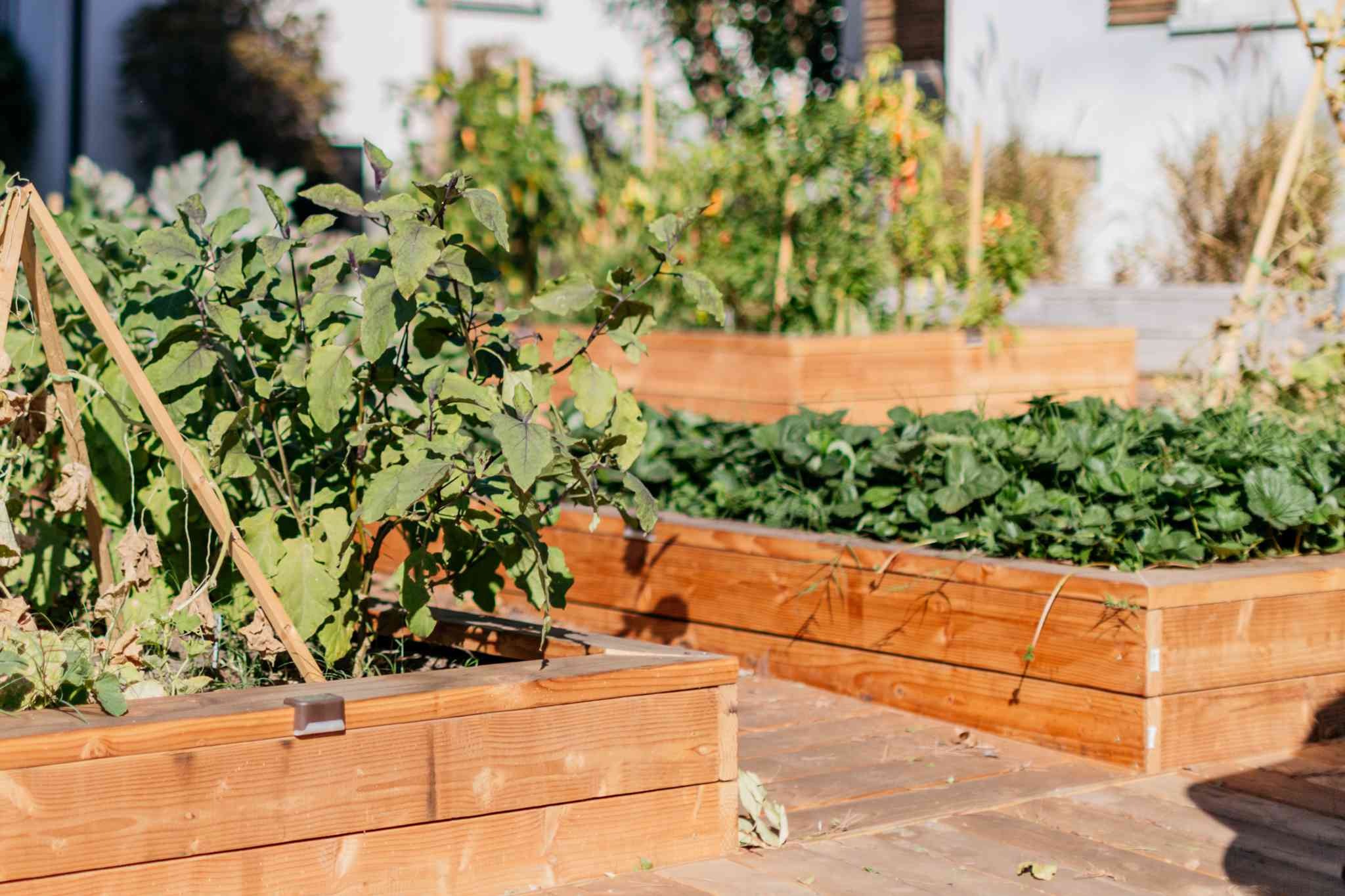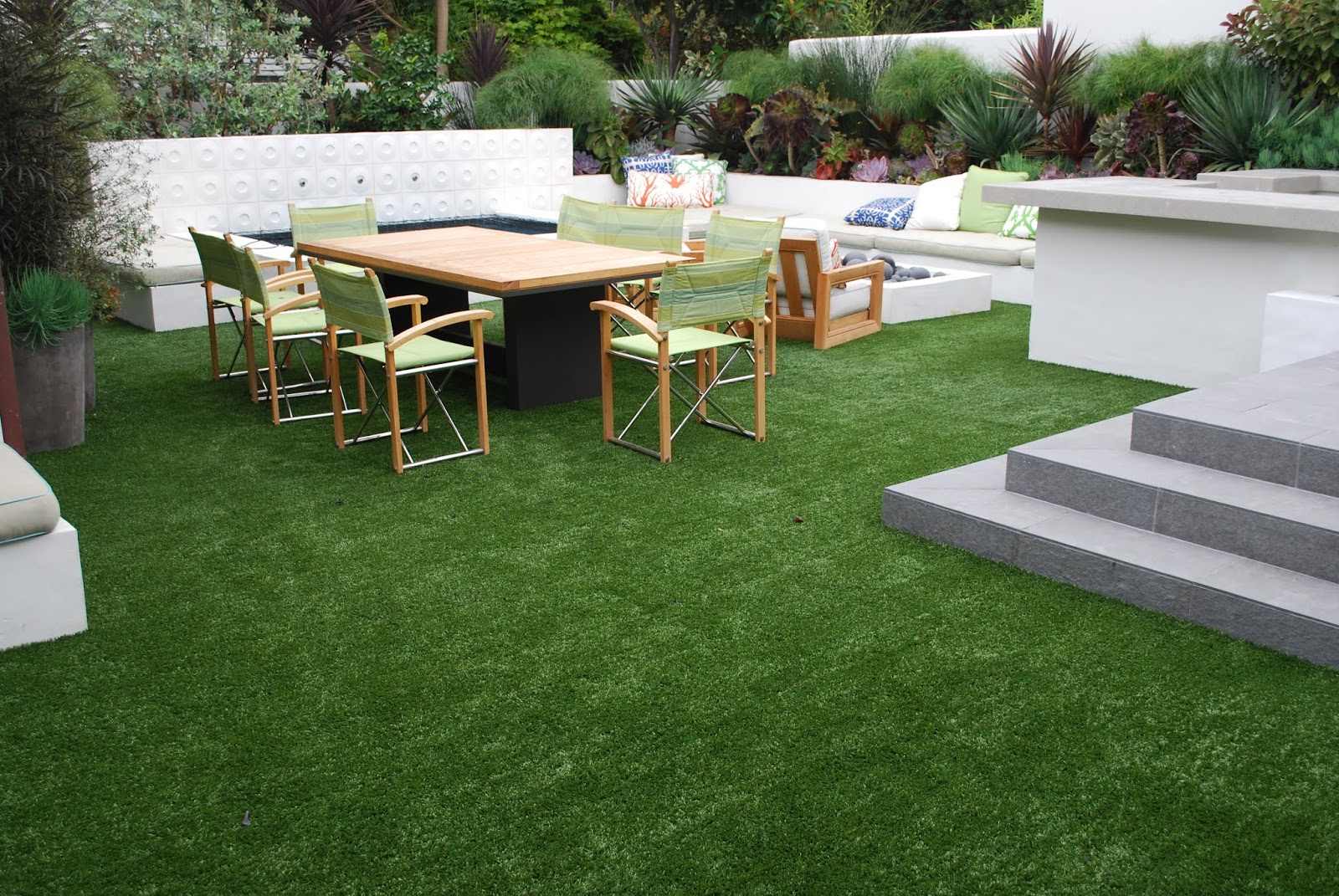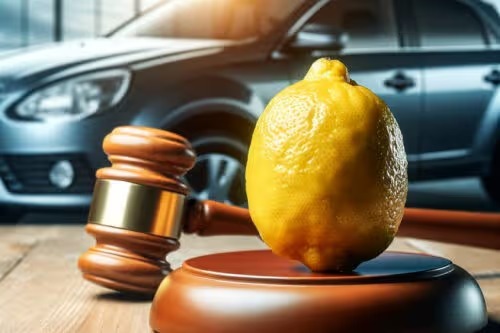Planter boxes are one of the easiest ways to bring structure, flexibility, and order to any garden space. Whether working with a large backyard or a small patio, the right garden planter box can help you grow flowers, herbs, or vegetables more efficiently. But with so many options available, how do you choose the best one for your setup?
Understanding the different planter box types, materials, and placements will help you get the most out of your space without wasting time or money.
What Are Garden Planter Boxes?
A garden planter box is a container used for growing plants above ground. Unlike raised beds, which are typically installed directly on the ground and filled with large volumes of soil, planter boxes are usually more compact and portable. They can sit on the ground, tables, or hang from railings. Their size and shape vary widely, from small rectangular containers for herbs to deeper boxes for root vegetables or flowers.
Benefits of Using Planter Boxes
Planter boxes simplify gardening by giving you more control over your setup. Some key advantages include:
- Defined Growing Space: Keeps soil contained and makes plant spacing easier.
- Pest Control: Raised and mobile designs help avoid ground-based pests.
- Custom Soil Mixes: You can tailor the soil for specific plants without changing the whole garden.
- Easier Maintenance: Less bending and kneeling compared to traditional garden beds.
- Better Drainage: Most planter boxes have built-in drainage systems to prevent root rot.
Common Materials Used
Choosing the right material for your planter box depends on your garden style, durability needs, and where you’ll place the box.
- Wood: Offers a natural look and insulates soil well. Cedar and redwood resist rot.
- Metal: Durable and sleek. Powder-coated steel is rust-resistant and long-lasting.
- Plastic: Lightweight and inexpensive. Choose BPA-free for food crops.
- Composite: Made from recycled materials and designed to withstand weather.
- Fabric Grow Bags: Breathable and easy to store when not in use.
Each material has pros and cons. Wood looks good but needs occasional sealing. Plastic is easy to handle but may degrade over time in direct sun. Metal lasts the longest but can heat up quickly in full sunlight.
Where to Use Planter Boxes
One of the most significant advantages of a garden planter box is versatility. You can place them almost anywhere with decent light.
Best Locations Include:
- Balconies and patios for herbs or decorative flowers
- Along fences or walls to maximize vertical space
- Window sills or railings with smaller, shallower boxes
- Decks or rooftops where portability and space-saving matter
- Walkway edges to add color and define pathways
Planter boxes allow gardeners to live in rented spaces or urban environments without altering permanent structures.
What to Grow in Garden Planter Boxes
Planter boxes work well for many types of plants. Just make sure to match the box depth and soil volume to your crop.
Best for Planter Boxes:
- Herbs: Basil, mint, parsley, oregano
- Greens: Spinach, lettuce, arugula
- Flowers: Petunias, marigolds, pansies
- Vegetables: Peppers, radishes, cherry tomatoes (in deeper boxes)
Choose a box at least 10–12 inches deep for root crops like carrots or beets.
Drainage and Watering Tips
Drainage is critical. Without it, roots will sit in water and rot.
- Make sure your box has drainage holes at the bottom.
- Elevate it slightly to allow water to escape.
- Use a potting mix rather than garden soil as it’s lighter and drains better.
- Consider self-watering inserts for areas with high evaporation.
Water consistently, especially in smaller boxes that dry out faster. Early morning is the best time to water, giving roots time to absorb moisture before peak sun hours.
How to Choose the Right Size
There is no one-size-fits-all planter box. The right dimensions will depend on what you grow and where you place the box.
- Small (under 12″ deep): Herbs, succulents, shallow flowers
- Medium (12–18″ deep): Leafy greens, peppers, bush beans
- Large (18″+ deep): Tomatoes, root vegetables, larger flowering plants
Make sure the box is wide enough to accommodate spacing needs and airflow between plants.
Final Thoughts
A good planter box makes growing easier, cleaner, and more manageable, no matter your space. In balconies and backyards, they offer flexibility and structure without requiring a permanent setup. With the right size, material, and placement, planter boxes can help you grow what you want, where you want, with fewer headaches and better results.







